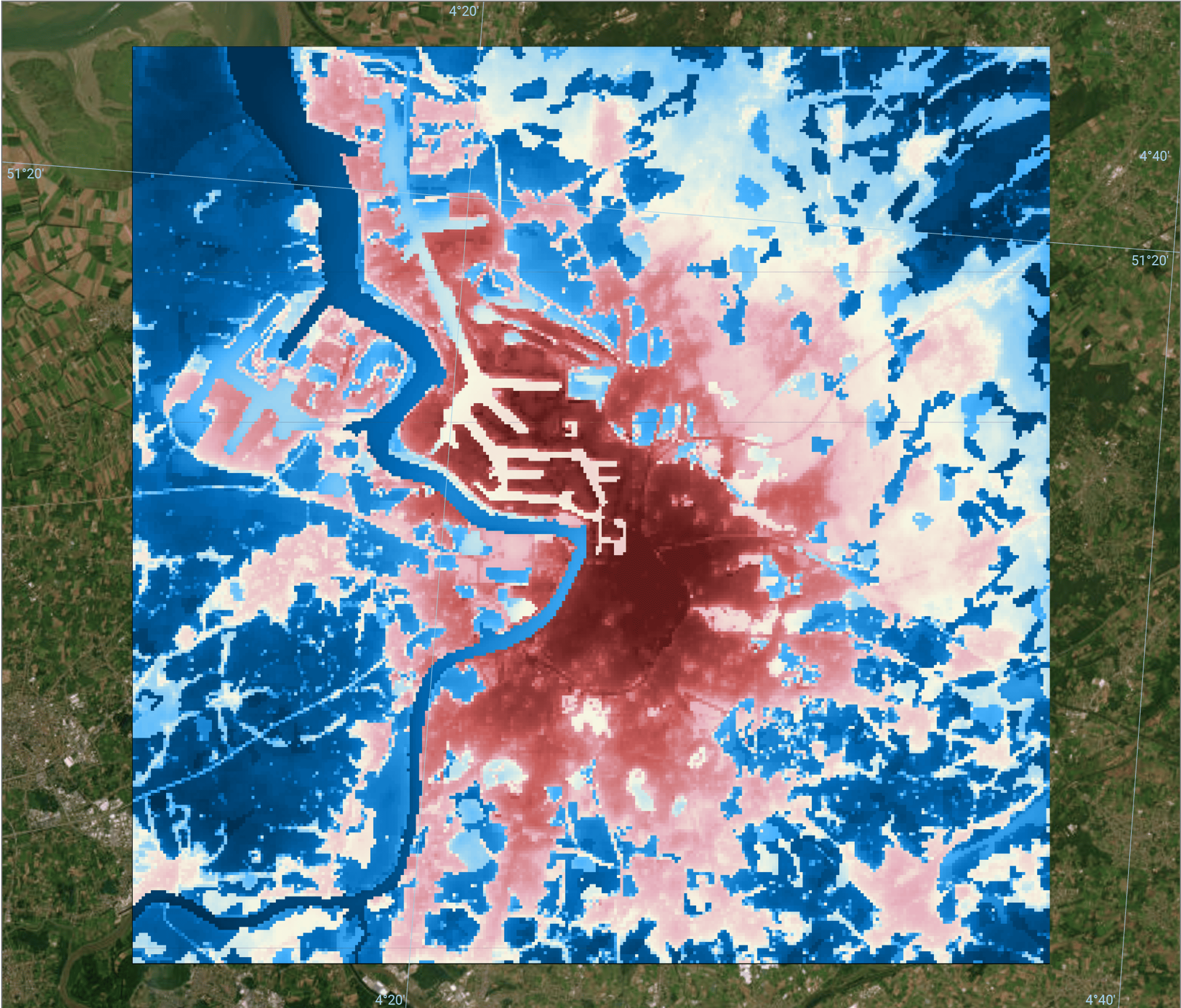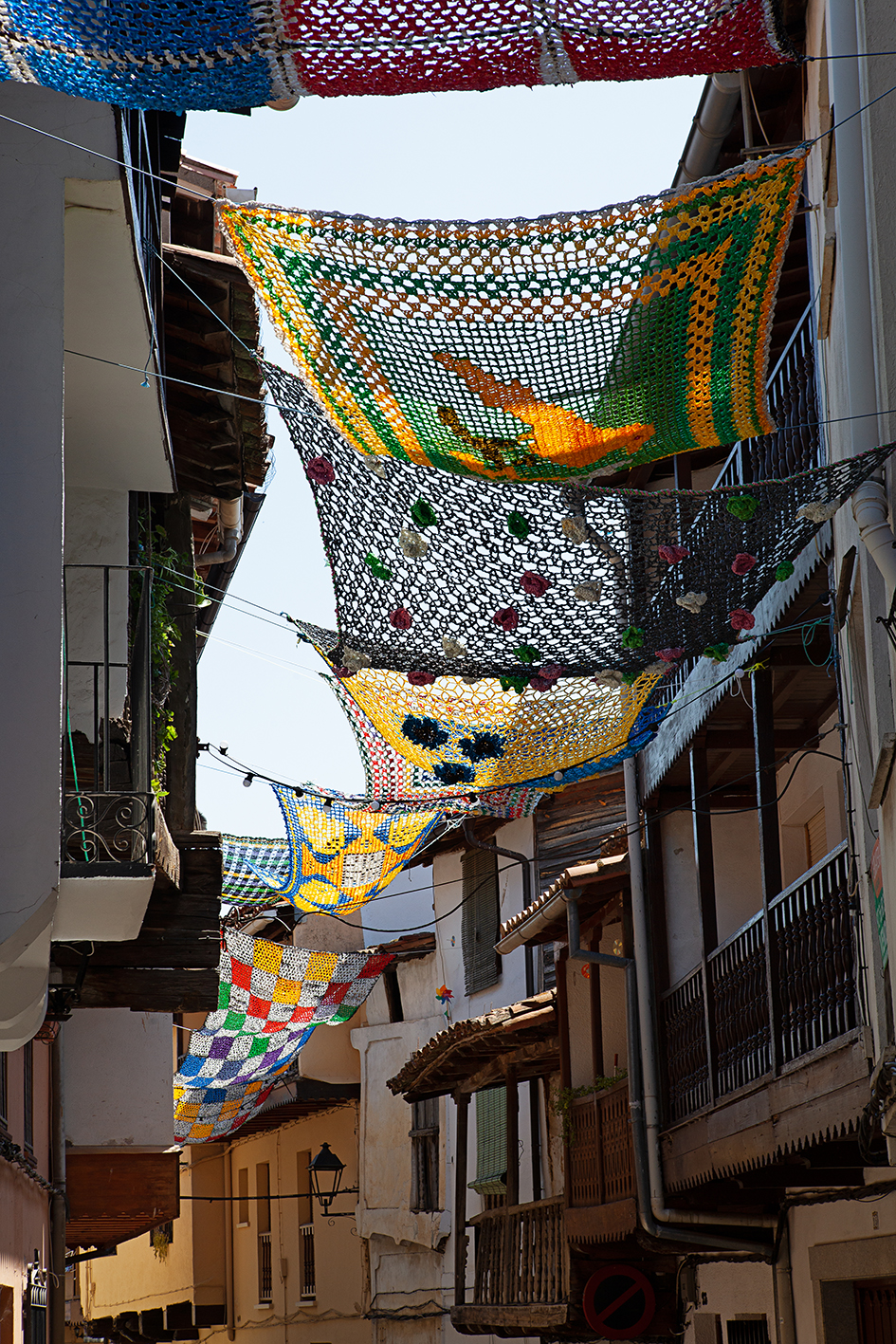Follow us as our star reporter interviews Ine Vandecasteele, urban adaptation expert at the European Environment Agency. She takes us to climate resilient cities across Europe, showing us what works.
Written by Yves Pepermans & Tirza Pulleman
What do you do?
“I work for the European Environment Agency (EEA), which is an agency of the European Union that gathers data and information from across Europe and translates them into assessments and knowledge to inform policy and decision-making. Over the last year I have focused on how cities adapt to climate change, analysing what works and what doesn't.”
Why do we need to adapt our cities?
“Without accelerated action, Europe could warm up to 7°C above pre-industrial levels by 2100. This is especially worse in urban areas. Look at the City of Antwerp: urban surface temperatures can be up to 10-15°C warmer in the centre of the city as compared to its surroundings. 75% of the world population lives in cities, and they are particularly vulnerable to the effects of climate change.
However, cities are often also the most ambitious when it comes to adapting. Which is good, because most measures need to be taken on a local level: city planning, building codes, optimise public spaces, etc. What they need is transformational adaptation.”

Hotspots in the city of Antwerp, Belgium. ©Ine Vandercasteele, EEA
What is that?
"Transformational adaptation means systematic adaptation in all sectors, with a long-term vision towards sustainability. It should focus on ‘no regret’ measures to create true positive impact and should increase the overall quality of life.”
That sounds challenging. How are our cities doing?
“Currently, 51% of larger cities in Europe have a climate adaptation plan. Because I am a glass-half-full-kind of person, I am happy about that. But of course, every city should have one by now. In 2022, over 19,000 adaptation actions were reported by cities signatory to the Covenant of Mayors, mainly in the water, buildings, health and transport sectors. Urban agriculture, placemaking and cultural heritage offer perfect opportunities for climate adaptation with broader social benefits.
Most actions are physical and technological (35%), meaning, for example, the implementation of grey infrastructure and early warning systems. However, we also see an increase in nature-based solutions (NBS). 91% of all climate action plans across Europe include some form of NBS, making it the second most reported measure to be reported (27%). Cities are also focussing on governmental and institutional measures like policies and regulations (20%) and knowledge and behavioural change (15%).
How can we enable our cities to do even better?
“There are several factors that determine a successful climate adaptation strategy. Amongst them are budgetary and technical capacity – a lack of this is even reported as the biggest barrier to success. Long-term political commitment is also needed, as are knowledge and data management and networks and peer-learning at city level.
But the biggest enabling factor is... citizen engagement!”
Citizen engagement, how surprising. Can you elaborate?
“Even though it is seen as the most crucial factor for success, only 15% of reported adaptation actions are linked to awareness raising, participation and capacity building. What's more, only 40% of local action plans identify the public as a stakeholder. Which is a shame,because in general 80% of Europeans consider climate change as a very serious problem, and 63% tend to (totally) agree that adapting to climate change can have positive effects. Numerous adaptation initiatives actually already come from citizen-led organisations, and luckily an increasing number of cities are starting to actively support these initiatives.”
Interesting. Can you give some examples?
“In the Netherlands and Flanders there is a yearly, national competition called ‘Tegelwippen'; which challenges towns to remove as many paving tiles as possible. Another good example comes from Cascais, Portugal, where a fund is available to support citizen-led ideas for adaptation project. The project is successful because it's transparent, inclusive and solutions are based on local experiences. Lastly, in Spain residents have knitted from recycled plastic beautiful shades to protect them from the heat in a project called ‘Tejiendo La Calle’ (Knitting the Street').

Tejiendo la Calle, Spain
So there's still hope?
“Yes! Awareness is increasing at the local level. Cities and citizens are experimenting, having fun, and making climate adaptation part of increasing the overall quality of life. It's now our task to foster this, and to implement the lessons learned also in smaller municipalities and rural areas, which may have less access to funding and technical capacity. I am working on that now, so stay tuned for a new publication coming to you in 2026!”
Ine Vandecasteele was invited to talk about the EEA-publication Urban Adaption in Europe, what works? during a Green Team partner meeting in autumn 2024. There, it was agreed that the Green Team project and EEA will collaborate where possible on the next publication, because both will focus on climate adaptation in smaller municipalities and rural areas.
